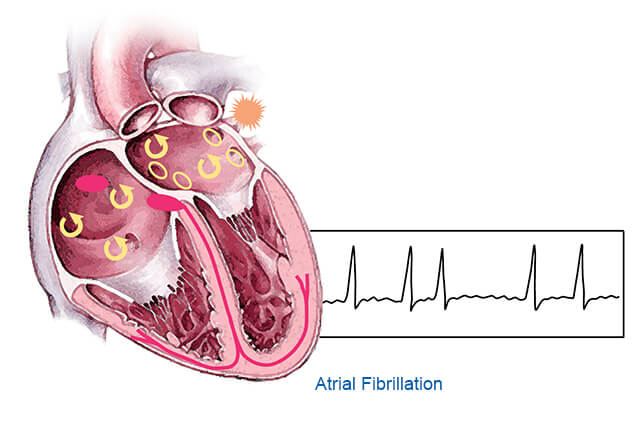
If you have diabetes, there are certain habits that you should be in to lower your A1C levels. These include adjusting your diet, getting enough exercise and taking your medications as directed.
Carbohydrates get a bad reputation, but it is important to consume them in small servings throughout the day. Choose carbohydrates that are low in sugar and high in fiber to help regulate blood glucose levels.
Eat a Healthy Diet
When your A1C levels start to creep up into the prediabetic or diabetic range, it is time to get serious about your food choices. Even if you are already eating diabetes-friendly meals, it may be time to reevaluate your portion sizes. Eating more than your body can process leads to higher blood sugars, which will increase your A1C levels.
Carbohydrates tend to have the biggest impact on your blood sugar level, so you will need to focus on eating more nutritious carbs such as whole grains and fruits. You will also want to eat more protein, which helps keep blood sugars stable.
It is important to work with a medical professional when creating a diet plan for lowering your A1C. There is no one-size-fits-all solution, but making small changes over time can make a big difference in your health and prevent long-term complications. In order to reduce your A1C levels, you will need to commit to meal planning, exercise and tracking your sugar intake.
Exercise Regularly
If you are a type 2 diabetic, you should exercise regularly to keep your blood sugars under control. Regular cardio exercise can help to lower A1C levels by improving insulin sensitivity, and it also promotes weight loss. Adding in some strength training can help to further reduce A1C by helping your body to use glucose more effectively, even while at rest.
Portion control is important, as overindulging in certain foods can lead to a spike in your blood sugar. Always eat healthy, balanced meals and monitor your blood sugars frequently to avoid overdoing it on sweets or starchy vegetables.
If you are already doing everything right, such as watching your carb intake and exercising regularly, but your A1C is still higher than you would like, it may be time to talk with your doctor about medications. Medications can further lower your A1C levels by preventing your blood sugars from rising too high after meals, Lenhard says.
Take Your Medications
If you have diabetes, the best way to lower your A1C level is by taking your prescribed medications. Never skip your meds or try to reduce the amount you take. This will only cause your blood sugar levels to go up and may lead to extreme complications like nerve damage or cardiovascular disease.
You should also make sure that you eat the right type of carbohydrates, as they can have a big impact on your blood sugar levels. For example, you should eat foods that are high in fiber because they are digested slower, and avoid foods with added sugar or processed carbohydrates.
In addition, you should try to eat at the same time each day. Skipping meals can have a negative effect on your blood sugars, so it is important to eat three healthy meals per day and have snacks as needed.
Stay Active
Getting your A1C down to 7% or below is important for diabetes management, as it helps lower the risk of long-term complications such as nerve damage, vision loss, and heart disease. To achieve this goal, you must focus on diet, exercise, and medications.
You must start by making changes to your diet and eating habits. This may require that you get a set of measuring cups and a kitchen scale, so that you can monitor your portion sizes more closely.
You should also consider adding more physical activity to your daily routine. Try to aim for at least 30 minutes of moderate exercise each day, although you should customize this to your physical abilities and schedule. Incorporating low-impact activities such as walking, swimming and cycling, along with resistance training using body weight or resistance bands, can help you to increase insulin sensitivity, which will reduce blood sugar levels after exercise and potentially up to 36 hours later.




